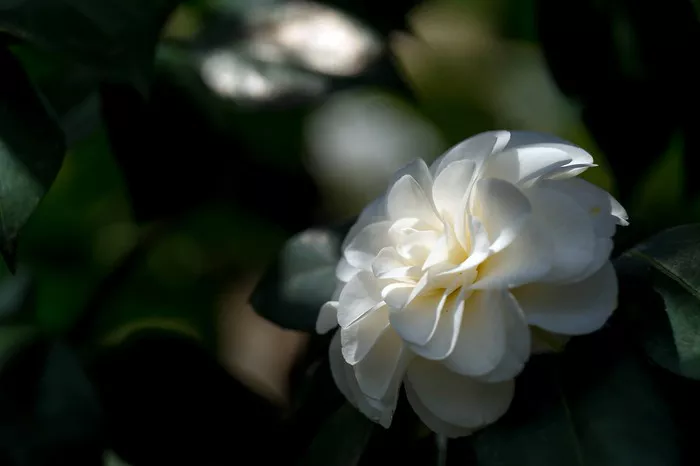Kyoto’s Myoshinji Temple complex in Ukyo Ward is a place of intrigue, boasting around 50 sub-temples across its grounds. Among them, Torinin Temple, established in 1531, typically remains closed to the public except on select occasions. One such opportunity is happening now, inviting visitors to marvel at its unique garden adorned with natsu tsubaki, or summer camellias.
Each natsu tsubaki bloom, resembling white, cup-shaped flowers, lasts less than a day, often dropping from the trees by sundown if they bloom before dawn. Despite their brief appearance, the flowers make a serene impact as they fall onto the temple’s moss-covered ground, creating a picturesque contrast of colors.
Comparable to cherry blossoms, natsu tsubaki—scientifically known as Stewartia pseudocamellia—symbolize the fleeting nature of life. Torinin Temple, also known as the Sala Tree Temple, draws parallels to the transient beauty referenced in the ancient Japanese epic, “The Tale of the Heike.”
Approximately a dozen natsu tsubaki trees grace Torinin’s garden, ensuring a continuous spectacle over roughly two weeks as their flowers bloom in succession. This year, the temple opened its gates to the public from June 10 to June 23, offering entry for a fee of 1,600 yen ($10.35), which includes a serving of matcha green tea and a traditional Japanese sweet. This serene setting encourages visitors to pause and reflect on the ephemeral beauty of nature, reinforcing the timeless wisdom to appreciate moments of fleeting splendor.

